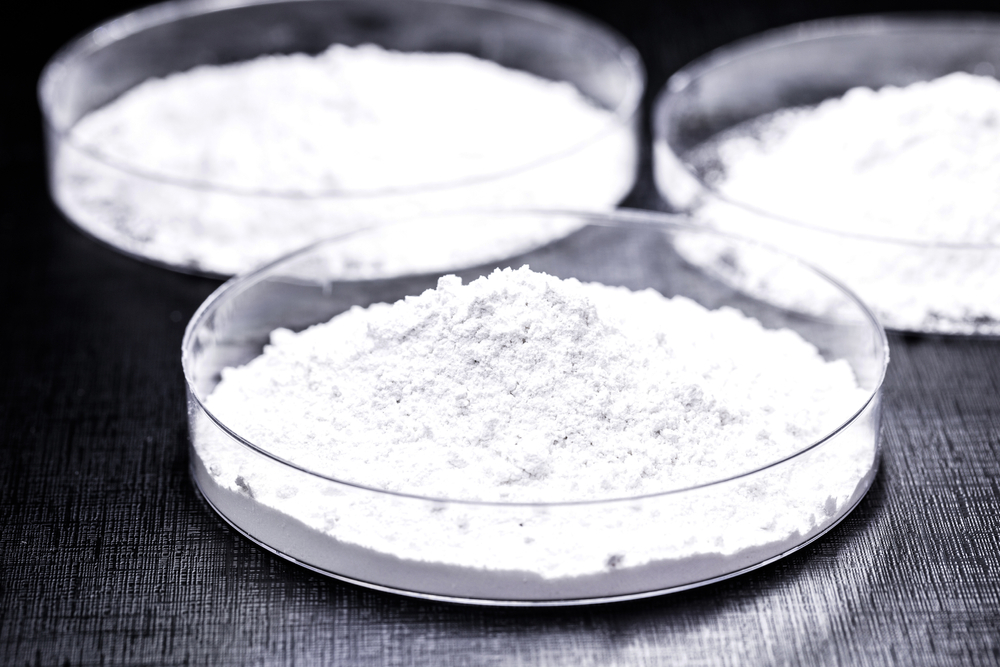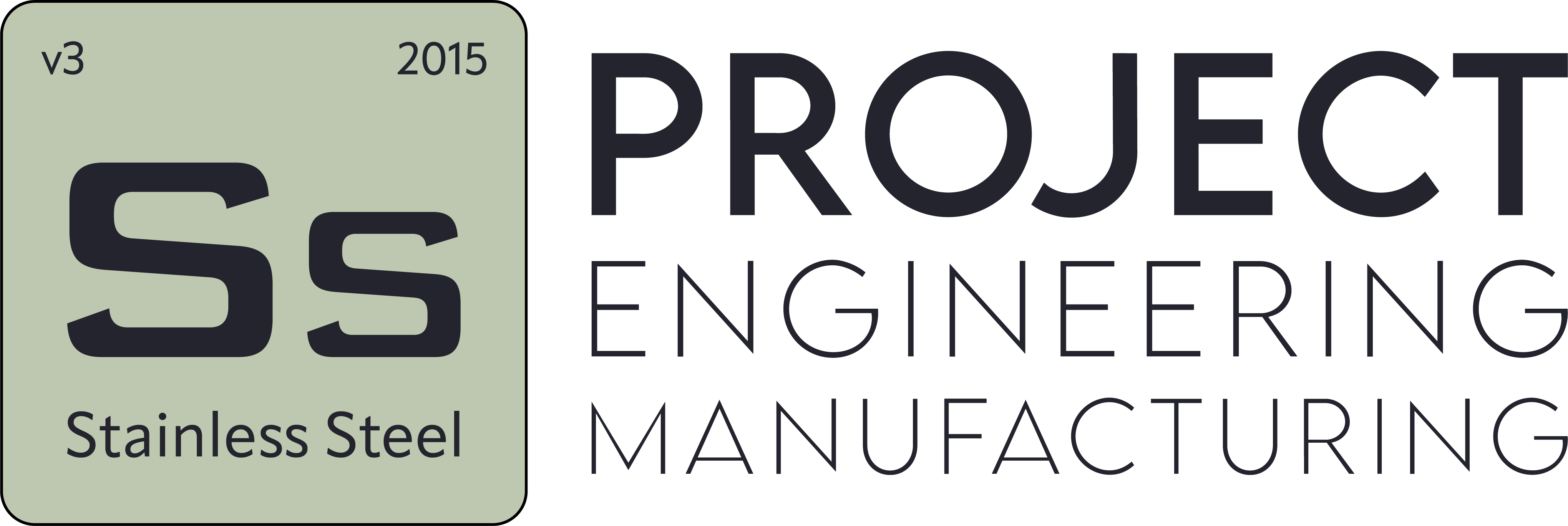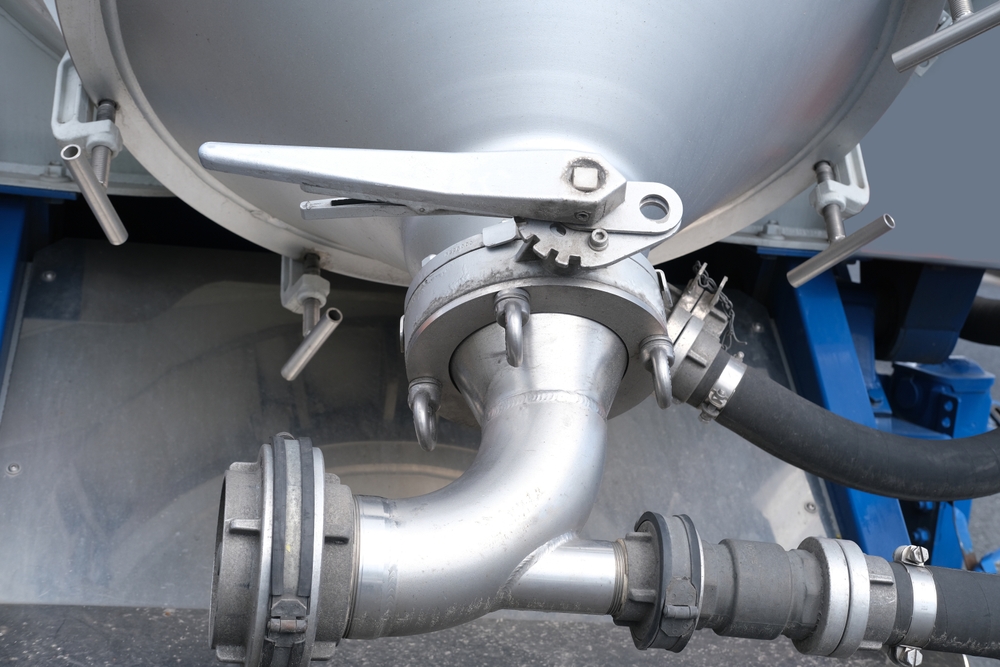Vacuum Powder Transfer
- Blog
- Vacuum Powder Transfer
Vacuum Powder Transfer
Table of Contents
- What Is Vacuum Dust Transfer?
- How Does Vacuum Dust Transfer Work?
- What Advantages Do Vacuum Dust Transfer Systems Offer?
- What Are the Differences Between Vacuum Systems and Mechanical Dust Transfer?
- Which Industries Are Suitable for Vacuum Dust Transfer?
- Which Materials Can Be Safely Transferred in Vacuum Transfer Systems?
- Why Should Vacuum Dust Transfer Systems Be Preferred for Hygienic Production?
- How Should Vacuum Dust Transfer Systems Be Set Up for High-Efficiency Production?
What Is Vacuum Dust Transfer?
Vacuum dust transfer is an industrial transfer method that enables the transport of dust-form materials within closed systems using air suction (vacuum). These systems are typically used in production facilities to transfer raw materials to mixing, filling, or processing units in a hygienic and safe manner.
In vacuum systems, a pump or ejector operating with negative pressure draws the dust along with air through pipelines and directs it to the target container. This method offers significant advantages in sensitive production environments where dust leakage and material loss are undesirable. It also enhances workplace safety and hygiene standards by minimizing operator contact.
Vacuum dust transfer is commonly used in industries such as food, pharmaceuticals, chemicals, plastics, and cosmetics. Preventing dust dispersion and preserving the material's structure during transport are key reasons for its preference.
SS Proje adds value to production processes by designing customized, efficient, and safe vacuum transfer solutions.
How Does Vacuum Dust Transfer Work?
Vacuum dust transfer is a system where dust materials are transported within a closed pipeline using negative pressure (vacuum) instead of air pressure. The system typically consists of a vacuum unit (pump or ejector), transfer pipes, filters, and a collection container.
The process begins with the activation of the vacuum unit, which creates suction power in the pipeline, pulling the dust along with air from its source. The dust is then directed through the transfer pipes to the designated collection container. This contactless transport provides significant advantages in terms of cleanliness, hygiene, and product safety.
Filters in the system prevent the dust from dispersing into the environment and enable its recovery. In some systems, the transfer occurs in specific doses, integrated with automatic weighing and feeding processes.
SS Proje’s vacuum dust transfer systems contribute to production lines with advantages such as low energy consumption, quiet operation, a dust-free environment, and high transfer efficiency. They are particularly effective and safe for handling sensitive and hazardous dusts.

What Advantages Do Vacuum Dust Transfer Systems Offer?
Vacuum dust transfer systems offer numerous advantages in industrial production, both in terms of efficiency and hygiene. These systems transport dust materials through closed pipelines using air suction, ensuring product quality and preventing dust dispersion in the work environment.
One of the most significant advantages is providing a dust-free and clean production environment. This makes a substantial difference in industries like food, pharmaceuticals, and chemicals, where hygiene is critical. Vacuum transfer also minimizes material loss, leading to raw material savings and cost advantages.
In terms of workplace safety, these systems stand out by minimizing operator contact with dust, reducing health risks such as respiratory issues. Additionally, their compact design allows easy installation in confined spaces and seamless integration into existing production lines.
What Are the Differences Between Vacuum Systems and Mechanical Dust Transfer?
Vacuum systems and mechanical dust transfer systems are two primary methods used for transporting dust materials in production processes. Each system addresses different needs, and the choice depends on factors such as production type, hygiene requirements, and space constraints.
Vacuum dust transfer systems use negative pressure to draw dust through pipelines to the target point. Their closed-loop operating principle offers significant advantages in terms of dust containment, hygiene, and operator safety. They are particularly preferred in sensitive industries like food, pharmaceuticals, and chemicals. Installation is straightforward, and they can be easily integrated into confined spaces.
Mechanical dust transfer systems, on the other hand, use physical equipment such as screws, conveyor belts, bucket elevators, or chain conveyors. They are typically used for high-volume and heavy materials. Mechanical systems are more durable but require more maintenance and have a higher risk of dust leakage.
SS Proje provides both vacuum and mechanical system solutions tailored to your facility’s needs, creating efficient, safe, and sustainable production environments.
Which Industries Are Suitable for Vacuum Dust Transfer?
Vacuum dust transfer is an ideal solution for industries prioritizing hygiene, precision, and a dust-free work environment. These systems ensure the safe and efficient transfer of dust-form raw materials, preventing product loss and enhancing operator safety through their closed-loop design.
The food industry is one of the primary sectors utilizing these systems. Fine and sensitive products like flour, cocoa, sugar, and milk powder are transferred hygienically and dust-free into processes. In the pharmaceutical industry, vacuum transfer is critical for moving active ingredients accurately and without contamination. The chemical industry uses these systems to minimize environmental and occupational health risks when handling hazardous or reactive dusts. In the plastics and cosmetics industries, pigments, additives, and other dust raw materials are transferred in a controlled manner.
Vacuum systems are also frequently used in energy, construction, and environmental technology applications where dust material management is critical.
Which Materials Can Be Safely Transferred in Vacuum Transfer Systems?
Vacuum transfer systems are closed systems capable of safely and efficiently transferring a wide range of dust and granular materials. These systems can handle both lightweight and dense, free-flowing or sticky materials. The key is designing the system according to the physical properties of the material being transferred.
In the food industry, materials like flour, sugar, cocoa, starch, spices, and milk powder are transferred hygienically using vacuum systems, benefiting from dust containment and contactless transport. In the pharmaceutical industry, sensitive and reactive materials such as active ingredient powders, vitamins, and excipients can be safely transferred without contamination risks. In the chemical industry, volatile and potentially hazardous dusts like talc, pigments, carbon black, and titanium dioxide are ideally handled with vacuum systems. In the plastics and paint industries, granular raw materials, additives, and filler dusts are efficiently transferred.
SS Proje offers customized vacuum transfer solutions for materials with varying densities, moisture content, and flowability, ensuring both safety and production efficiency.
Why Should Vacuum Dust Transfer Systems Be Preferred for Hygienic Production?
Hygienic production is critical in industries like food, pharmaceuticals, cosmetics, and chemicals due to legal requirements and product safety concerns. Vacuum dust transfer systems are among the most suitable solutions to meet these needs. Their closed-loop design prevents product contact with the external environment and eliminates dust leakage.
In these systems, dust is transported through pipes in an air-isolated environment, minimizing the risk of microbial contamination and environmental contamination. The absence of physical operator contact protects both worker health and product sterility.
Vacuum systems can be equipped with cleanable surface designs, CIP (Clean-in-Place) compatibility, and hygienic materials like stainless steel, ensuring compliance with GMP (Good Manufacturing Practices) standards.
How Should Vacuum Dust Transfer Systems Be Set Up for High-Efficiency Production?
Setting up vacuum dust transfer systems with proper engineering approaches is crucial for creating a high-efficiency production line. For optimal system performance, the material’s properties (density, flowability, moisture content) must first be thoroughly analyzed. These data determine key parameters such as vacuum power, pipe diameter, filter type, and feed duration.
A critical aspect of setup is designing the system to integrate seamlessly with the production line. Material entry and exit points should be compatible with dosing systems and communicate with the automation infrastructure. Additionally, the piping route should be optimized to minimize bends and friction, reducing material loss.
Filtration systems play a critical role in ensuring efficient and long-lasting operation. Effective filters that recover dust reduce product loss and maintain environmental cleanliness.


